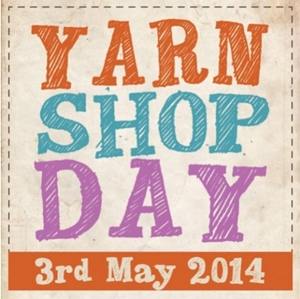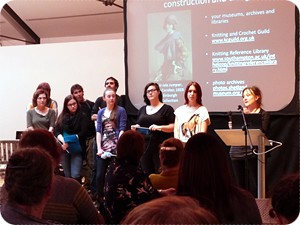Most of my late August was taken up by work for In the Loop 4. If you don't know ITL, it is an academic conference about knitting and crochet. This year it took place in Glasgow - the culmination of many years' work by the Knitting in the Round crew at Glasgow University - and I had been persuaded by the organiser, Linda Newington of the Knitting Reference Library at Winchester School of Art - to submit a an abstract. Lo, my paper on Faroese jumpers and Nordic knitting traditions was accepted and much time was spent researching and writing. I am very thankful for the staff at The Mitchell Library for being particularly helpful.
In the Loop was exceptional. While I talk knitting every single day, I found it invigorating and useful to discuss my discipline in a more academic way: Just how do we define the idea of authenticity in knitting? What role does gender play? How do we address the problem of sustainability within our practice? What about knitting and lifestyle commodification? These are just a few of the topics the conference touched upon. I felt my brain stretch with every paper and I left thinking about my own work in a new way. I also relished being able to spend time with my woolly chums: Louise, Susan, Jeni, Tom, Helen, Zoe, Anna and Anna. And meet new woolly chums like Tom, Alison, Anna, Siun, Helen and Mary. I salute you all for inspiring me, making me think and making me laugh.
A photo posted by Karie Westermann (@kariebookish) on
There were many great papers. Here's a short selection of the ones that have stayed with me.
Dinah Eastop on archives, preservation, and digitalisation. Some real problems facing the archivists trying to digitalise cultural heritage,
Annemor Sundbø on the Setesdal jumper. An absolute honour to listen to Annemor talk about the evolution of a Norwegian design classic.
Helen Robertson and her textile practice was incredible. Helen places Shetland textile practices within the landscape - I was blown away and completely inspired by her thoughtfulness.
Alison Mayne and Kate Orton-Johnson on knitting communities in the digital age. Two very different, yet very similar approaches. This is a topic dear to my heart (for obvious reasons) and both nailed their papers.
Rose Sinclair delivered an outstanding paper on 19th and 20th c women's craft guilds, clubs, and societies. She also spoke with authority of the erasure of race within crafts. I really hope she publishes this paper - more people need to know about her research.
Jonathan Faiers delivered a plenary talk on knitting on the runway. This was my other 'goosebumps' moment as he moved from Schiaparelli's bow-knot jumper through 20th C high fashion history towards today's super-bulky knits. Very, very thought-provoking work on trompe l'oeil knitting. So thought-provoking that I had to skip the next session just to digest and unpack Faiers' words.
Sustainability was given a lot of thought. Tom van Deijnen spoke about his visible mending work whilst Tone Tobiasson and Ingun Klepp delivered a call to arms about wool being part of a sustainable future. I found both talks incredibly engaging and inspiring.
Finally, I want to leave you with this film by Anna Kouhia. I found it very moving and poetic. I was lucky enough to have a conversation with Anna about how our bodies influence our crafts - the movement of our hands, in particular. I hope you will enjoy this as much as I did.
PS. ITL4 featured a fashion show which included work by Gudrun Johnson, Lucy Hague, Kate Davies and myself. You can catch it here. I don't usually think of my work as being part of fashion, so seeing it in this context felt a little strange (I need to think more about this, clearly). I also only had one sample home that I could lend the show which I slightly regret. Oh well. It was interesting.

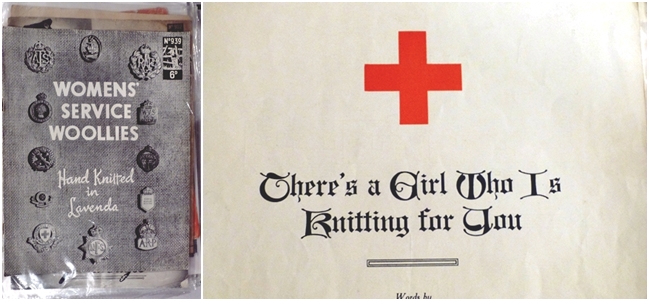
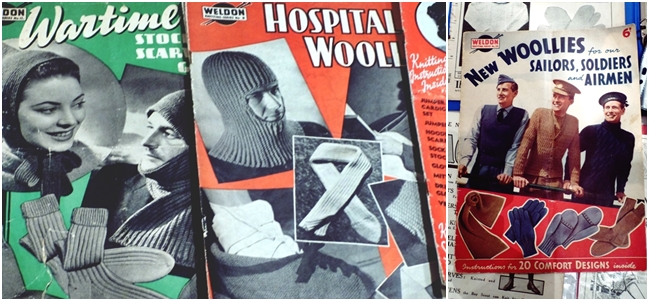
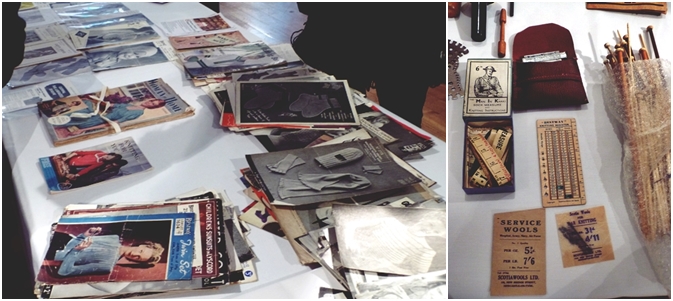
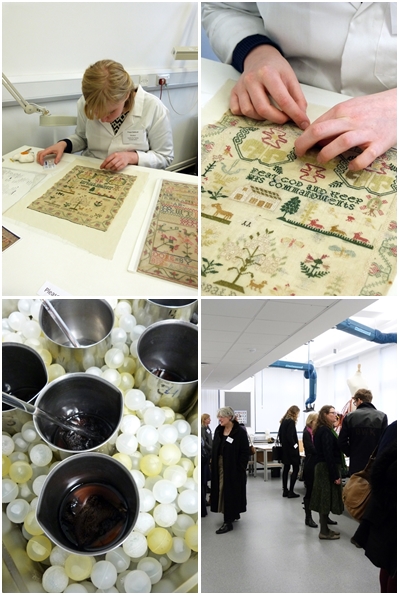 Yesterday I was invited to an event at Glasgow University's
Yesterday I was invited to an event at Glasgow University's 